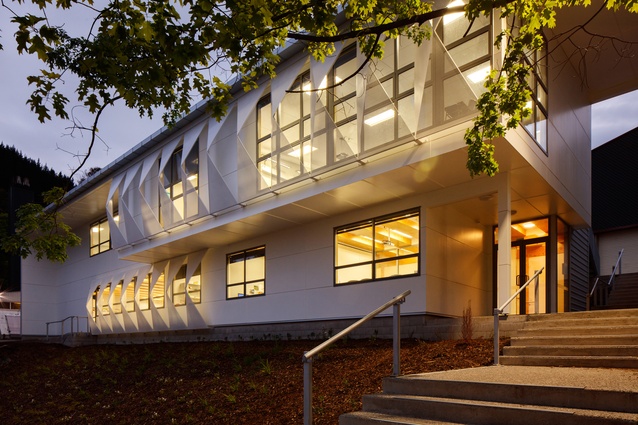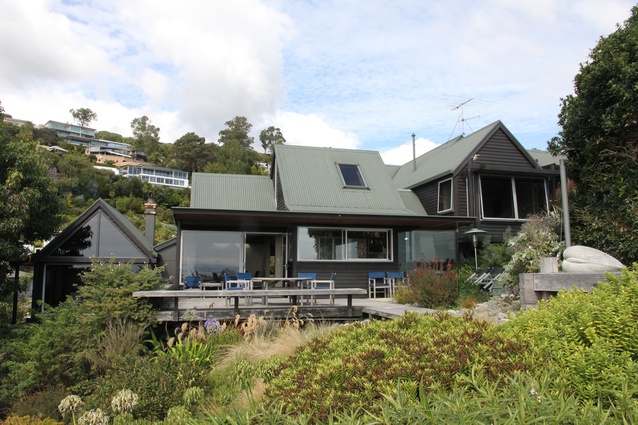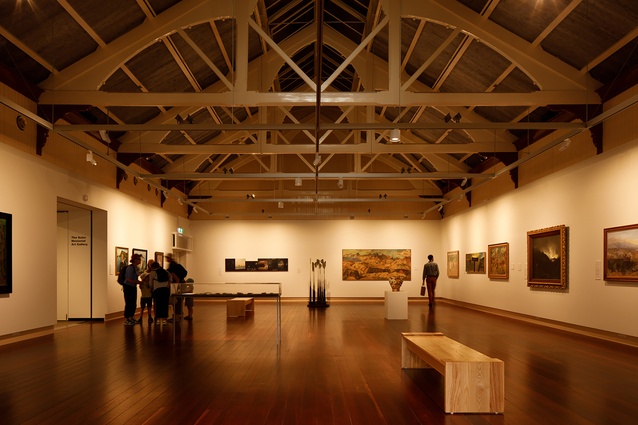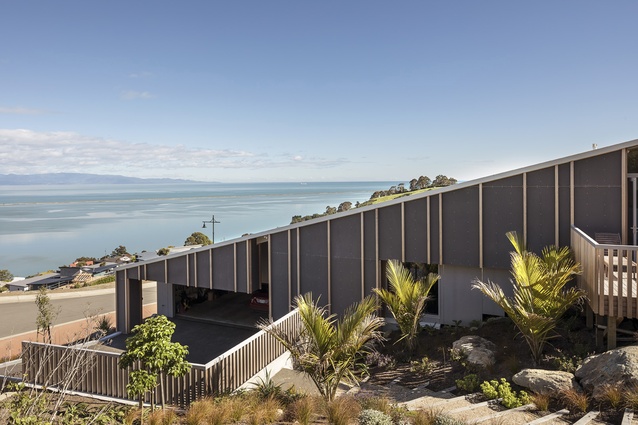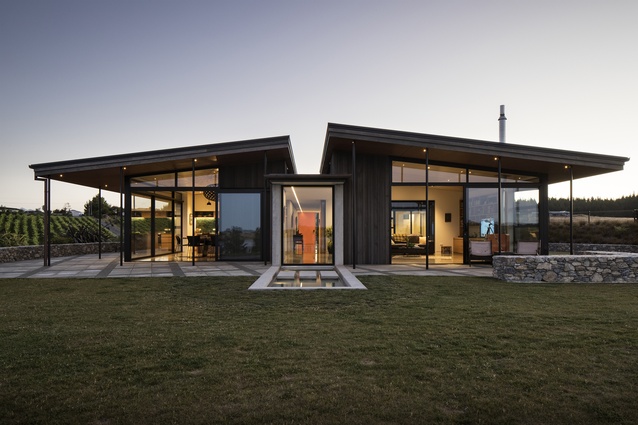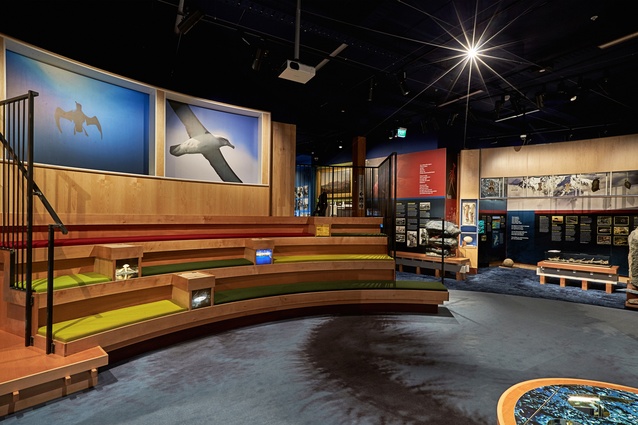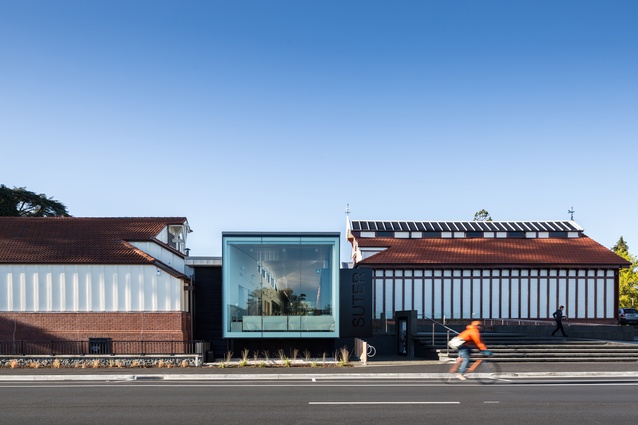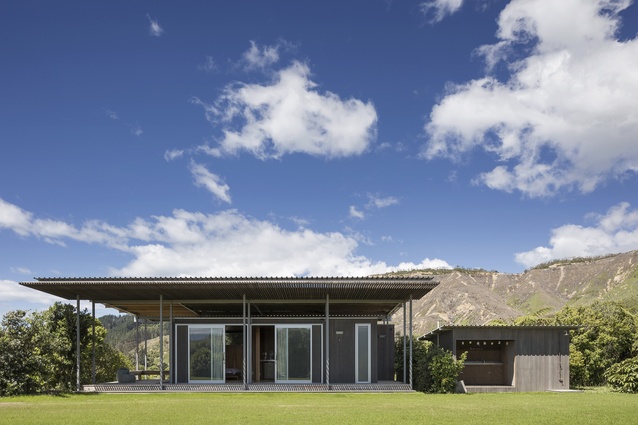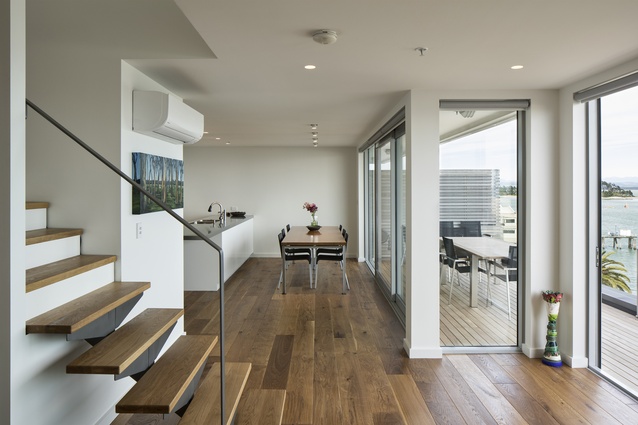2017 Nelson/Marlborough Architecture Awards
The 2017 Nelson/Marlborough Architecture Awards’ winning buildings reflect a region with a wide range of interests and a desire to commission buildings of enduring worth.
The awards event was held on 5 May at Nelson’s Suter Art Gallery–Te Aratoi o Whakatū.
Buildings for recreation, art, education and exhibition were acknowledged, as well as a number of houses, reinforcing the region’s reputation for high-quality, architect-designed homes that sit comfortably in the local landscape.
“This year’s awards highlight both the variety of work that architects undertake in our region as well as the skill, passion and attention that they lavish upon their buildings,” said awards convenor Richard Carver.
The 2017 jury was composed of Carver, Motueka architect Gabrielle Bell, Wellington architect Judi Keith-Brown and Nelson landscape architect Luke Porter.
Full list of winners with citations below:
EDUCATION AWARD:

Nelson College Commerce Centre by Jerram Tocker Barron Architects
This simple and elegant building provides a new, clean-lined teaching centre for commerce. The building is positioned to respect and feature a large existing oak tree adjacent to the entrance. A raised canopy provides the gateway to other parts of the campus and reinforces the central stair and pathway circulation through this terraced school. Folded origami-type perforated metal screens provide effective shading and articulation to the simple forms of the north elevation. Internally, a wide, naturally lit stair at the rear provides opportunities for informal meetings between classes.
ENDURING ARCHITECTURE AWARD:
Te Matira (1975) by Ian Jack Architect
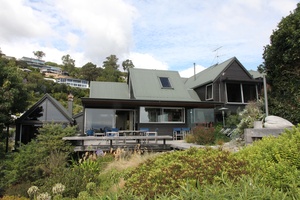
Begun in 1975, this house is a well preserved and beautiful example of a style of New Zealand vernacular architecture emerging at that time. What started as a three-year project is still being refined and maintained some 40 years later, a life-long passion of its architect and owner Ian Jack and his wife Pamela.
Thoughtfully resolved, this multi-level home steps down the site hugging the contours and nestled amongst planting. Alcoves on both sides of the central circulation spine frame views and provide a strong connection with the adjacent landscape and harbour. As well, the high, gable-ended ceilings and the visual connections between the rooms tie the house together, making each space feel bigger than it is. The beauty and timelessness of the design, the carefully resolved detailing and selection of materials and the ever evolving nature of this family home make it a worthy recipient of the Enduring Architecture Award.
HERITAGE ARCHITECTURE AWARD:
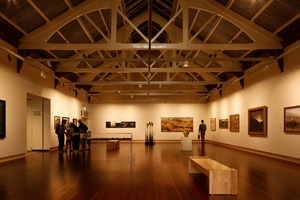
The Suter Art Gallery – Te Aratoi o Whakatū by Warren and Mahoney and Jerram Tocker Barron Architects
The original façades and features of the existing main gallery and theatre have been carefully retained. The ceiling over the main gallery has been stripped back to expose the original trussed structure which is now a feature of the gallery. Overall, the new additions respect the existing historic buildings.
HOUSING AWARDS:
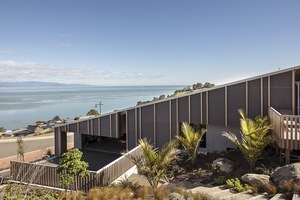
One Storey House by Irving Smith Architects
This house is divided into three one-storey sections: one against the road; an intermediate section; and the main floor of the house to the rear, which is protected by the other two forms from the suburban edge and lifted up high enough for views out over the bay. Good access to outdoor sheltered areas is achieved by the house hugging the landscape, and by its sloping roofline. Internal areas are defined by various volumes and the use of natural light. The form of the building sits beautifully on the hill.

Bronte Road House by Arthouse Architects
This single-level house is built along a strong central axis, allowing for sheltered outdoor spaces on each side. On entry, one is drawn to the sightline through the house to the bay beyond. A gallery space reinforces this line, and gives space for the clients’ collection of local art. A close collaboration with the landscape architect has achieved a house that is nestled well into the landscape.
Ruby Bay House by Parsonson Architects
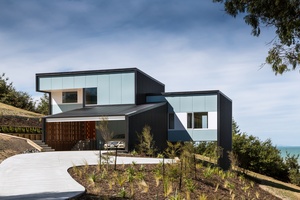
This house references forms, materials and even the carport/open garages of 1950s New Zealand. The spaces inside are small but efficient, with a double-height space over the kitchen giving a breathing space to the centre of an otherwise very small house. The east and west courtyard spaces open the house out on to the land, and strip windows look out to sea. The house exhibits a refreshing approach to design and it will be interesting to see how the second house proposed for further up the site relates to this one.
Resene Colour Award:
A restrained colour palette respects the 1950s references in the house, and the chosen colours also complement the landscape on either side of the house. The colours accentuate the architecture, highlighting key design features and adding a sense of fun to the design.
INTERIOR ARCHITECTURE AWARD:
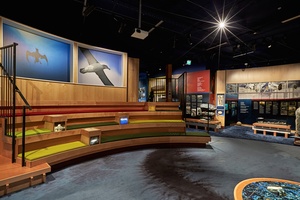
Kaikoura Museum by Pearson & Associates Architects
Exhibition design prowess is not the only thing on display at this museum; it also stands as a reminder of the positive relationship established between the client, architect and local community at the project’s inception. The coast and the sea are a primary focus of the museum, but it is also a repository for the local community’s stories and artefacts. All are portrayed with colour, through clever inbuilt joinery elements that encourage interaction, and through the innovative use of technology. This is an inviting and intriguing museum, where visitors can begin at the centre and circle outwards and find their own paths, accompanied by clever super graphics that serve as a reminder of both where you are and the beauty that surrounds.
PUBLIC ARCHITECTURE AWARDS:
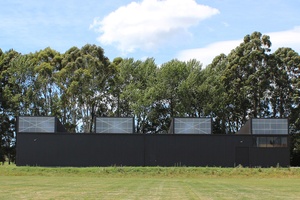
Bullets & Balls (Nelson Cricket & Nelson Rifle Association Practice Facility) by Irving Smith Architects
This is an innovative use of a proprietary construction system to achieve a wonderful training facility for two pursuits (cricket and small bore rifle shooting) by maximising resources and sharing facilities. The architects have made great use of natural light with dormers that glow at night, and let in enough natural light in the day for the space to be used without the lights on. Built on a minimal budget of less than $1,200 per square metre, this project shows that architects can deliver clever, cost-effective solutions.
The Suter Art Gallery – Te Aratoi o Whakatū by Warren and Mahoney and Jerram Tocker Barron Architects (joint venture)
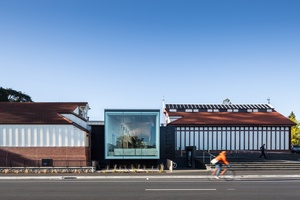
This rebuild and strengthening of Nelson’s main art gallery is a triumph. Two existing buildings have been retained and featured in the new layout. The gallery and entrance floor levels have been altered to provide a common floor level that greatly improves access and flow. A central foyer (or ‘laneway’) links the old and new areas and features a series of carved Po. The café space provides a visual and physical link to adjacent Queens Gardens. The much-needed and improved staff work and storage areas function well. A restrained selection of cladding to the additions ensures they do not dominate. The new landscaping enables the public access around the building in order to view sculpture.
Resene Colour Award:
Careful material and colour selection show respect to the existing building features and provide a suitable backdrop for the display of art. The ‘Nelson Red’ used on the Victorian trusses is also used on the exterior, working in with the greys of the cladding, and looking almost like a McCahon painting!
SMALL PROJECT ARCHITECTURE AWARDS:
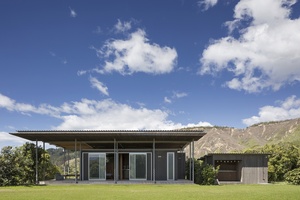
Bach with Two Roofs by Irving Smith Architects
Huge gum trees once occupied this hill-top site, and the small baches with double roofs inhabited spaces between the trees. In 2014 a cyclone took out the trees, exposing and revealing the baches. As the beginning of the healing of the site, a small shade building has been added with an enclosed outdoor kitchen sitting low and forward on the site. The roofs of the huts have been extended out to shelter the spaces below and the edges of the roof filter the light, as the trees once did. The space between the new, smaller building and the main hut has set up a new type of clearing.
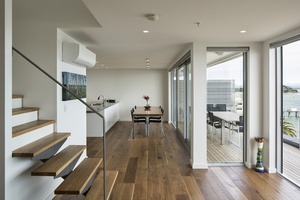
Apartment 37 by Arthouse Architects
A well-executed refurbishment of an existing apartment, this project uses a restrained selection of materials, finishes and details to greatly enhance the space. Like the inside of a jewellery box, each space has been carefully thought about and designed, working with the limited palette of materials – oiled oak floors, planes of white, and thin, bending straps of steel. What started as a minor alteration to a stair has transformed the apartment into contemplative and calm space for viewing the ever-changing views of the port area.
All winners of the 2017 Nelson/Marlborough Architecture Awards are eligible for shortlisting in the New Zealand Architecture Awards, which will be decided later in the year, and announced in November.

